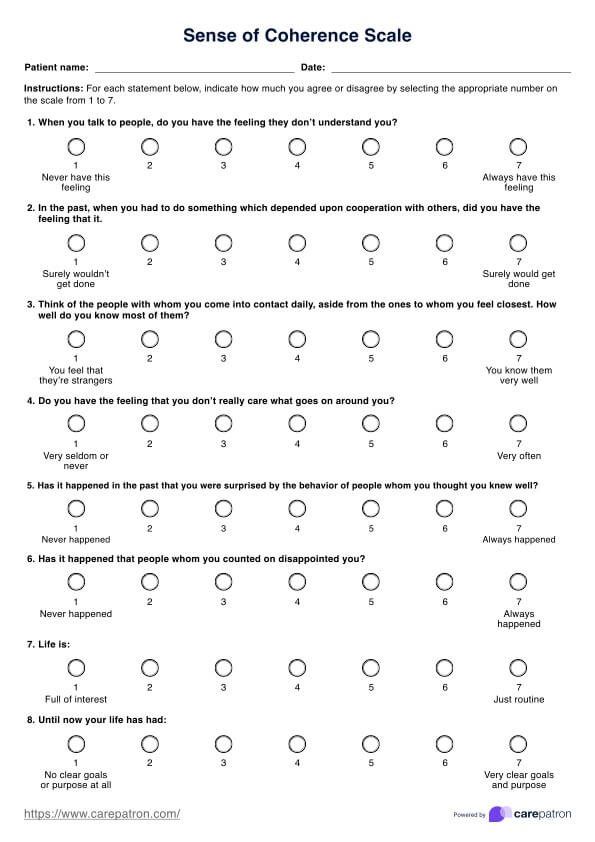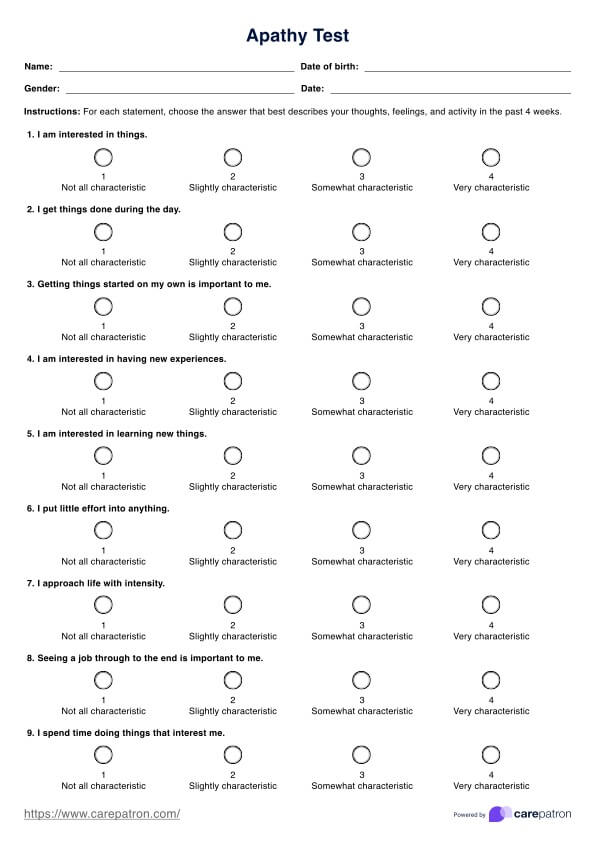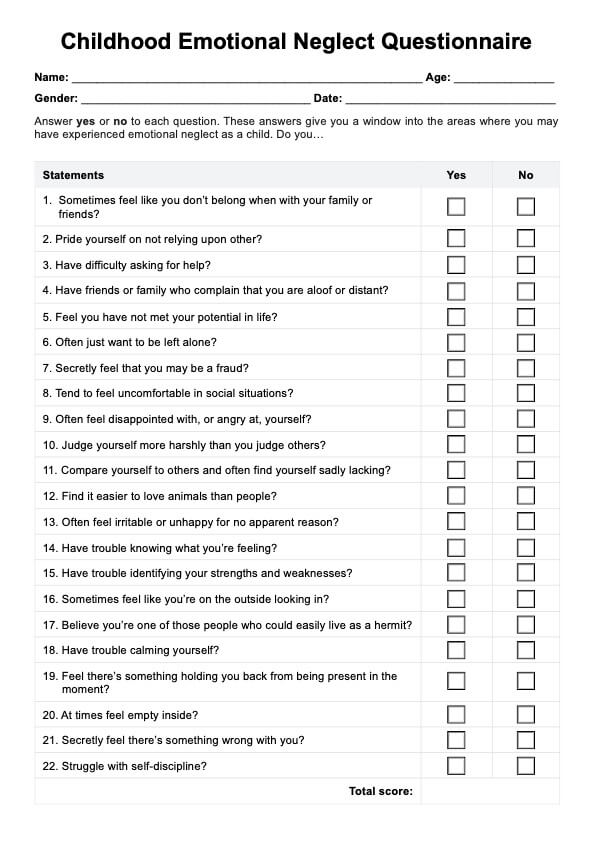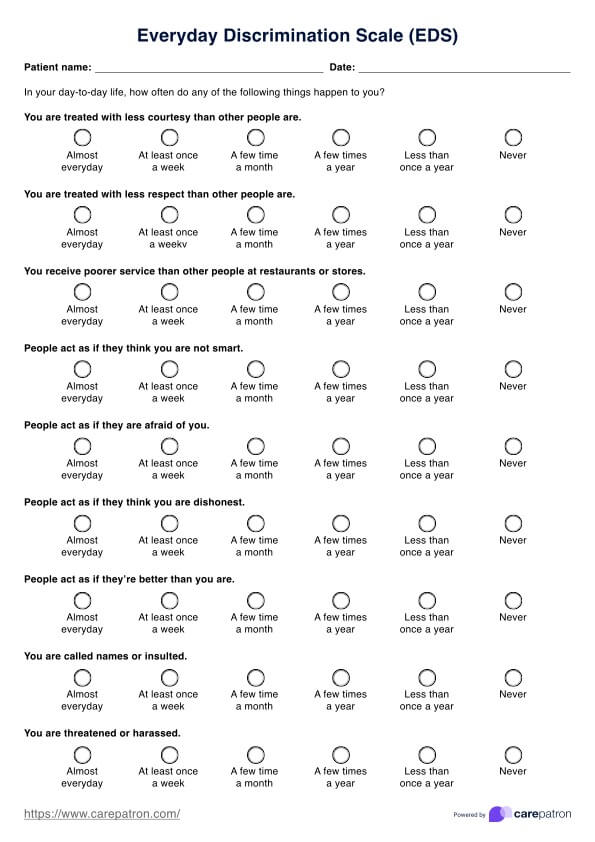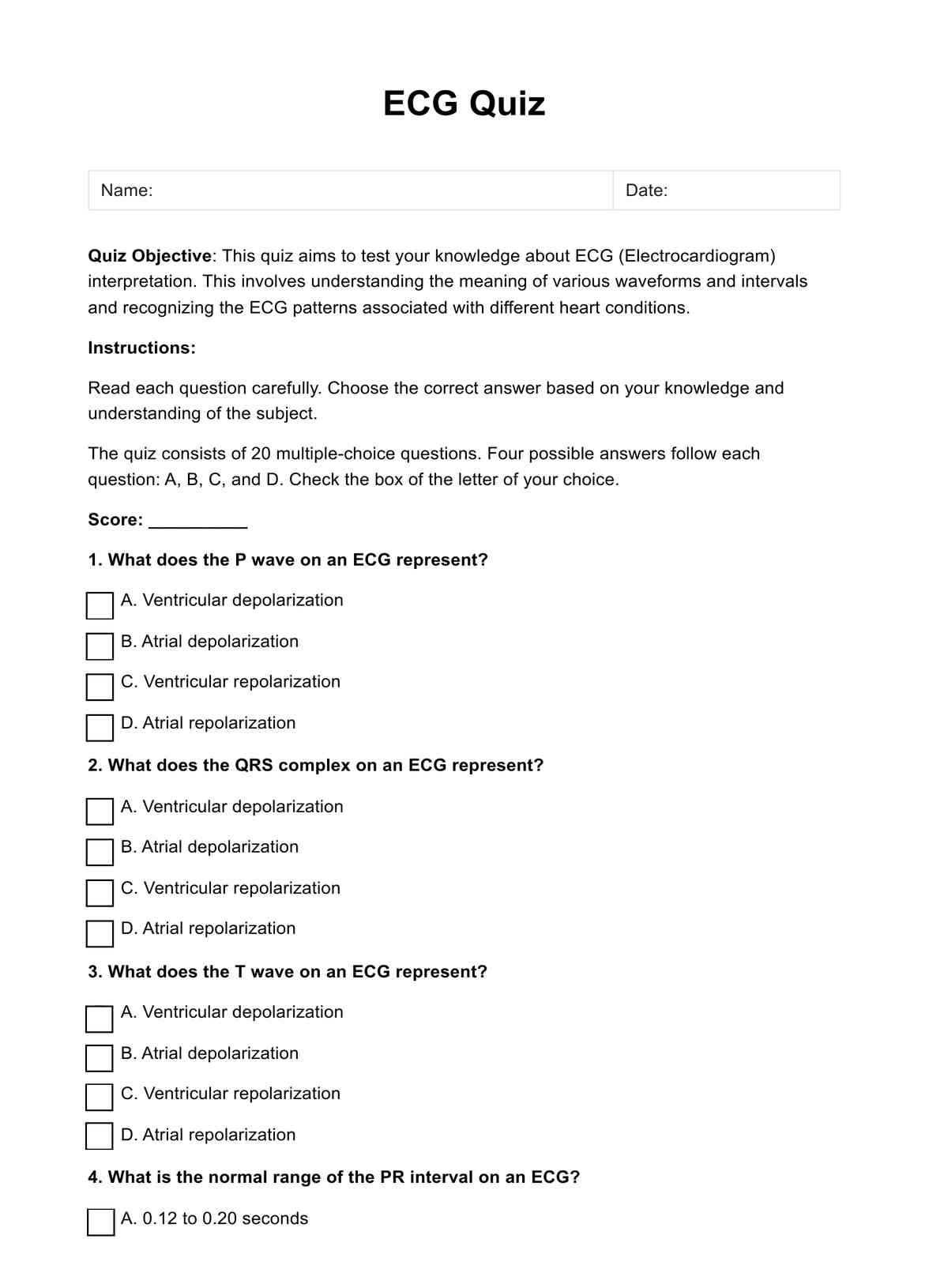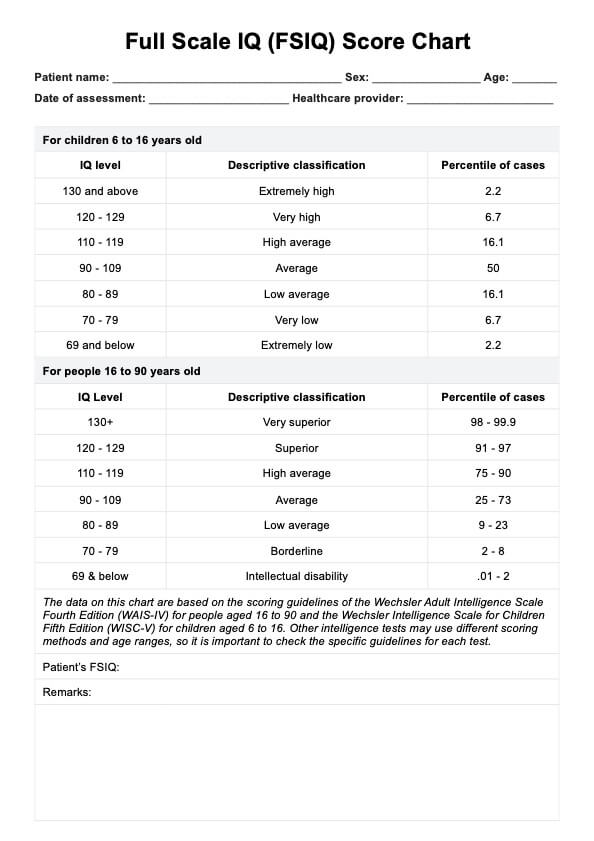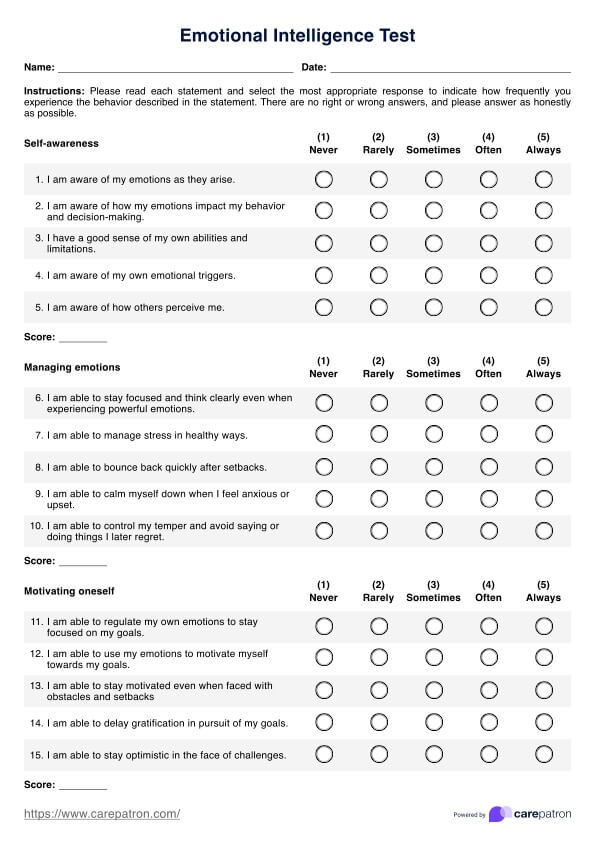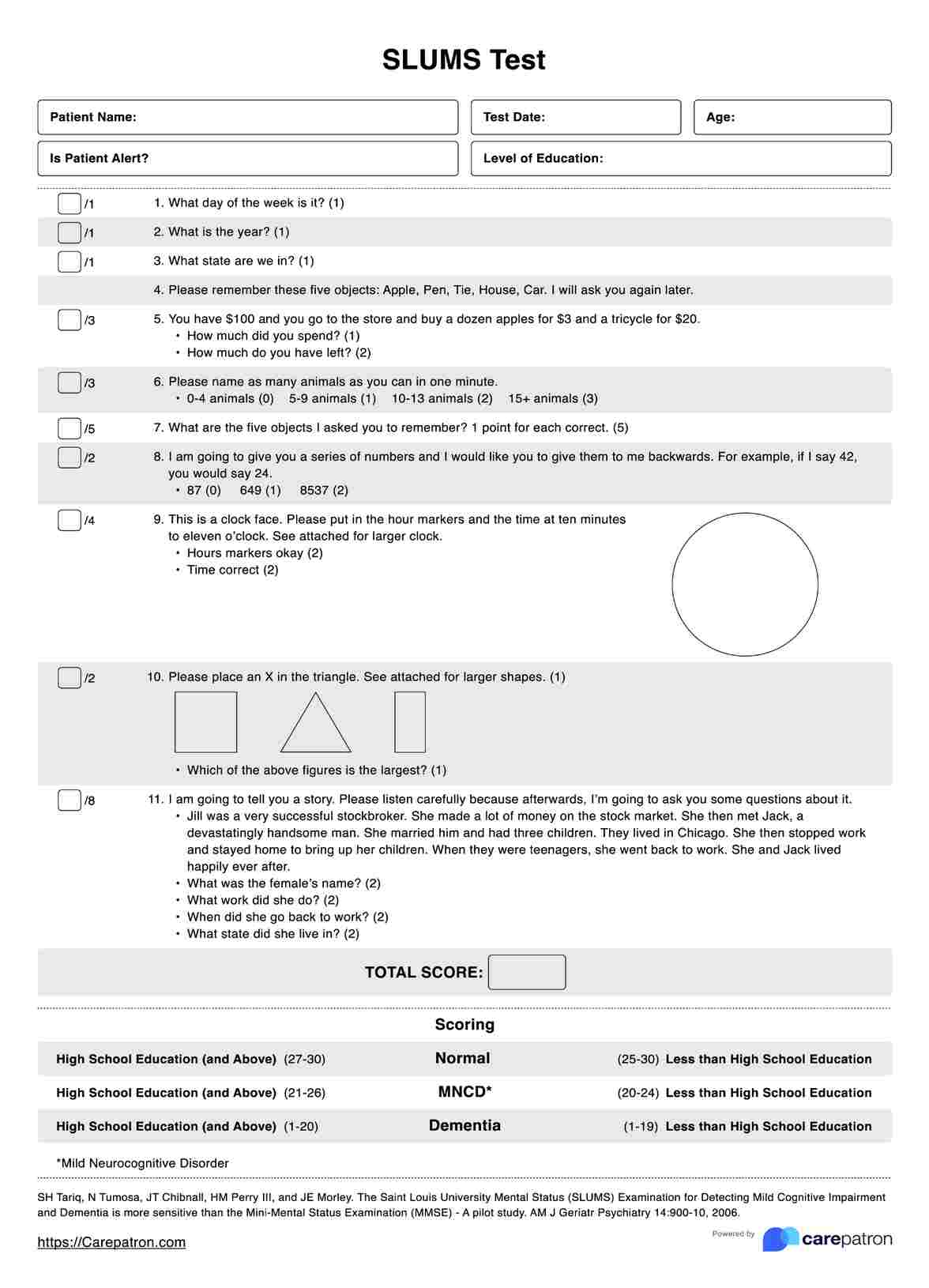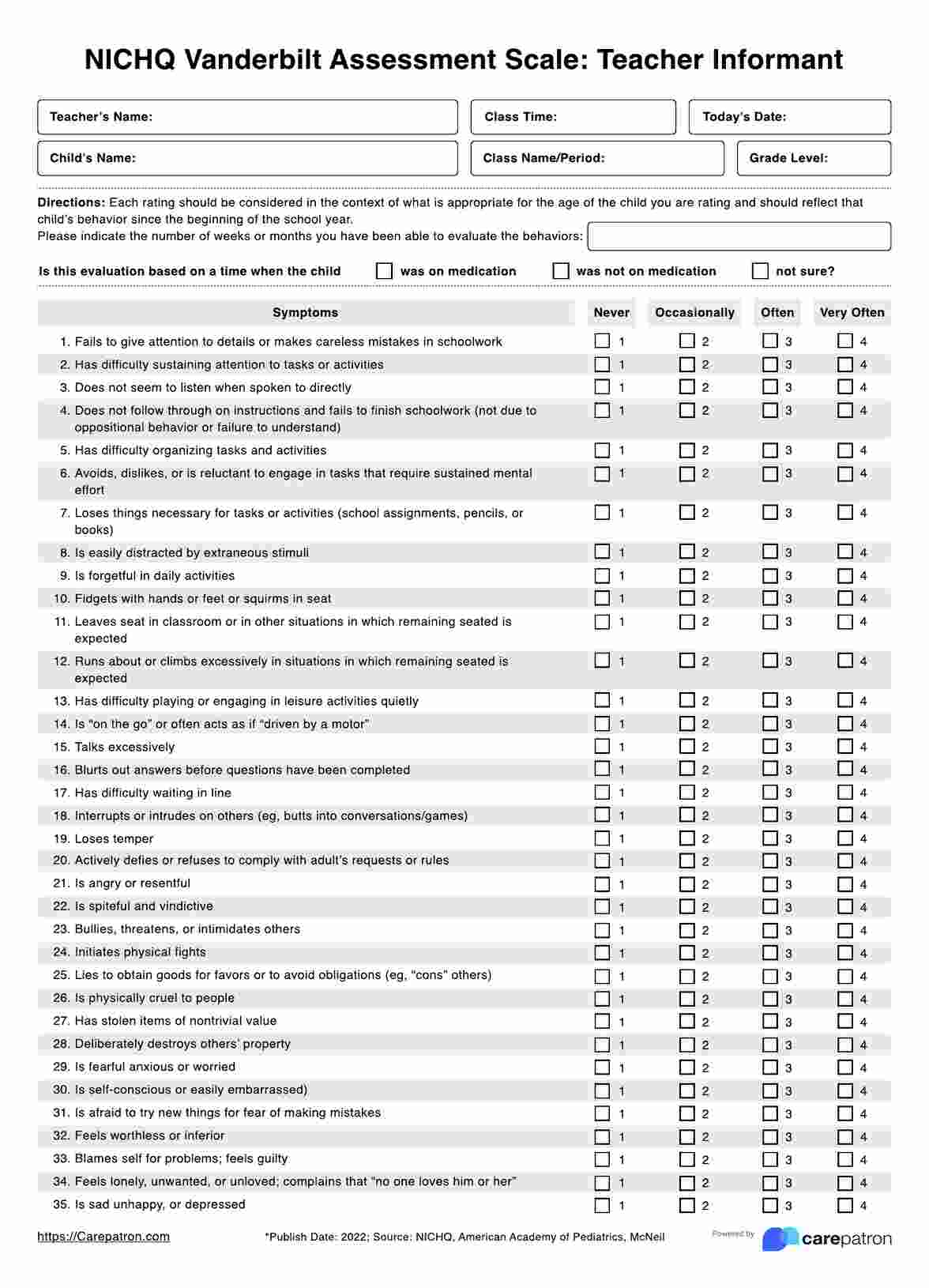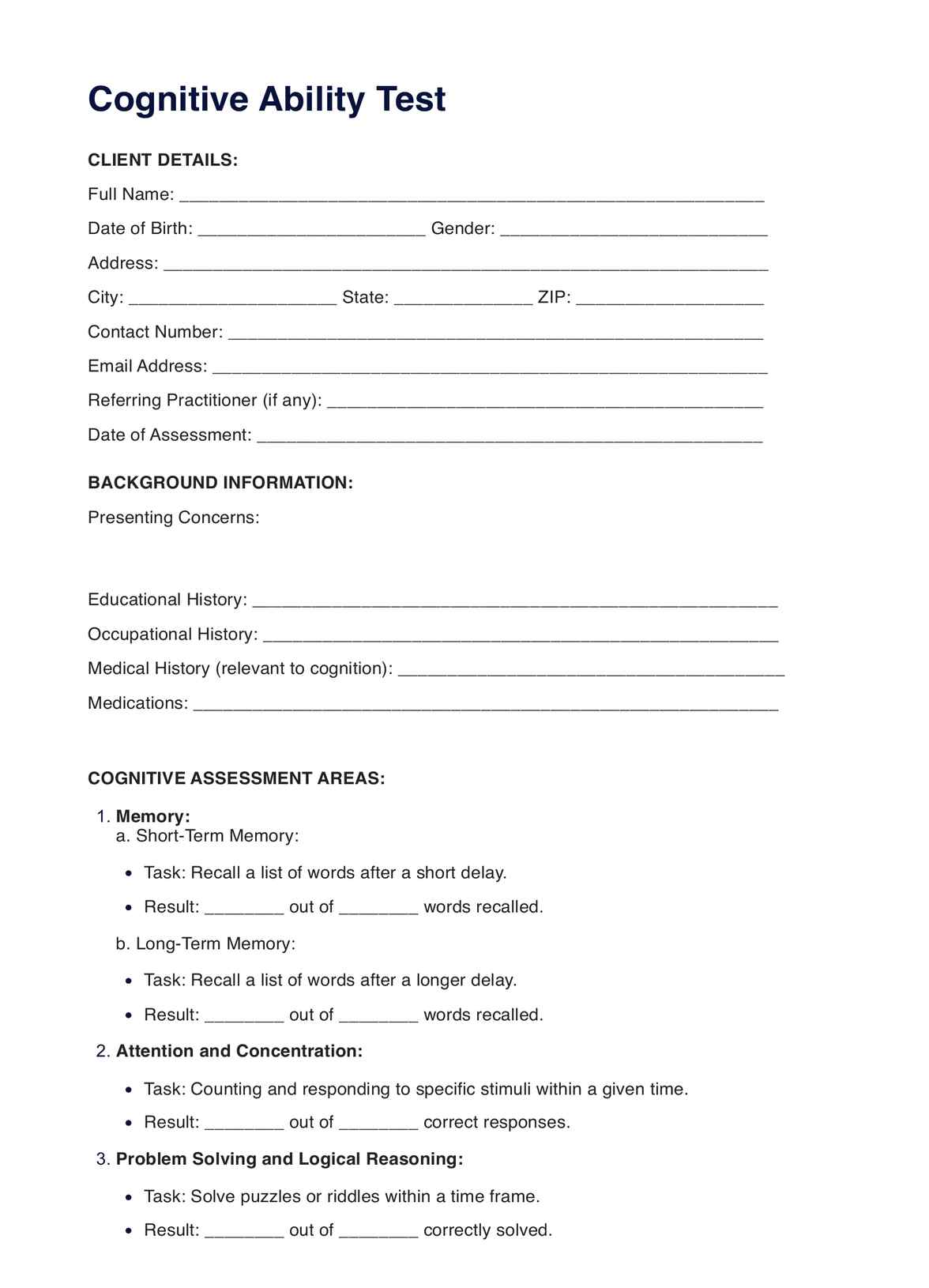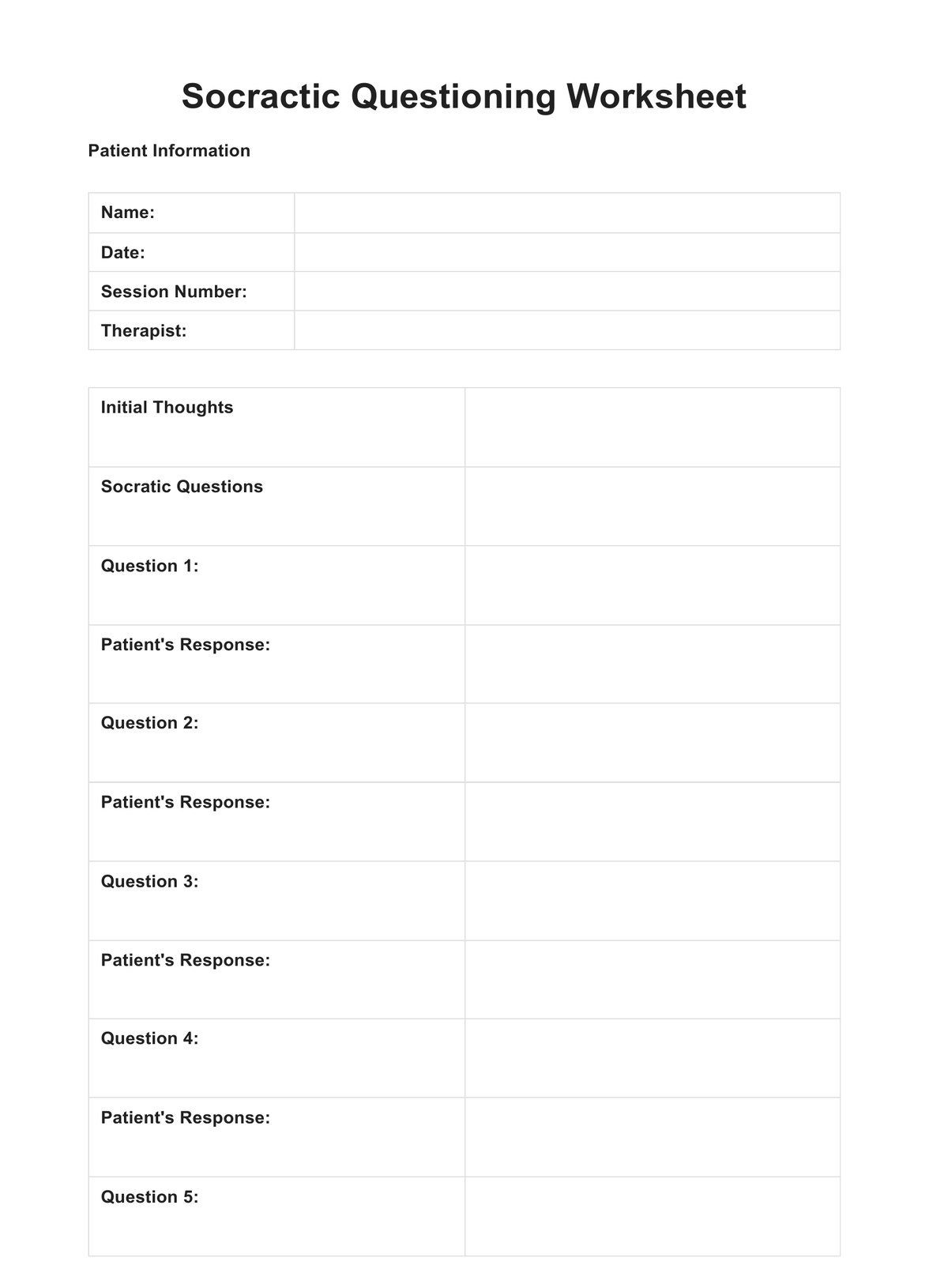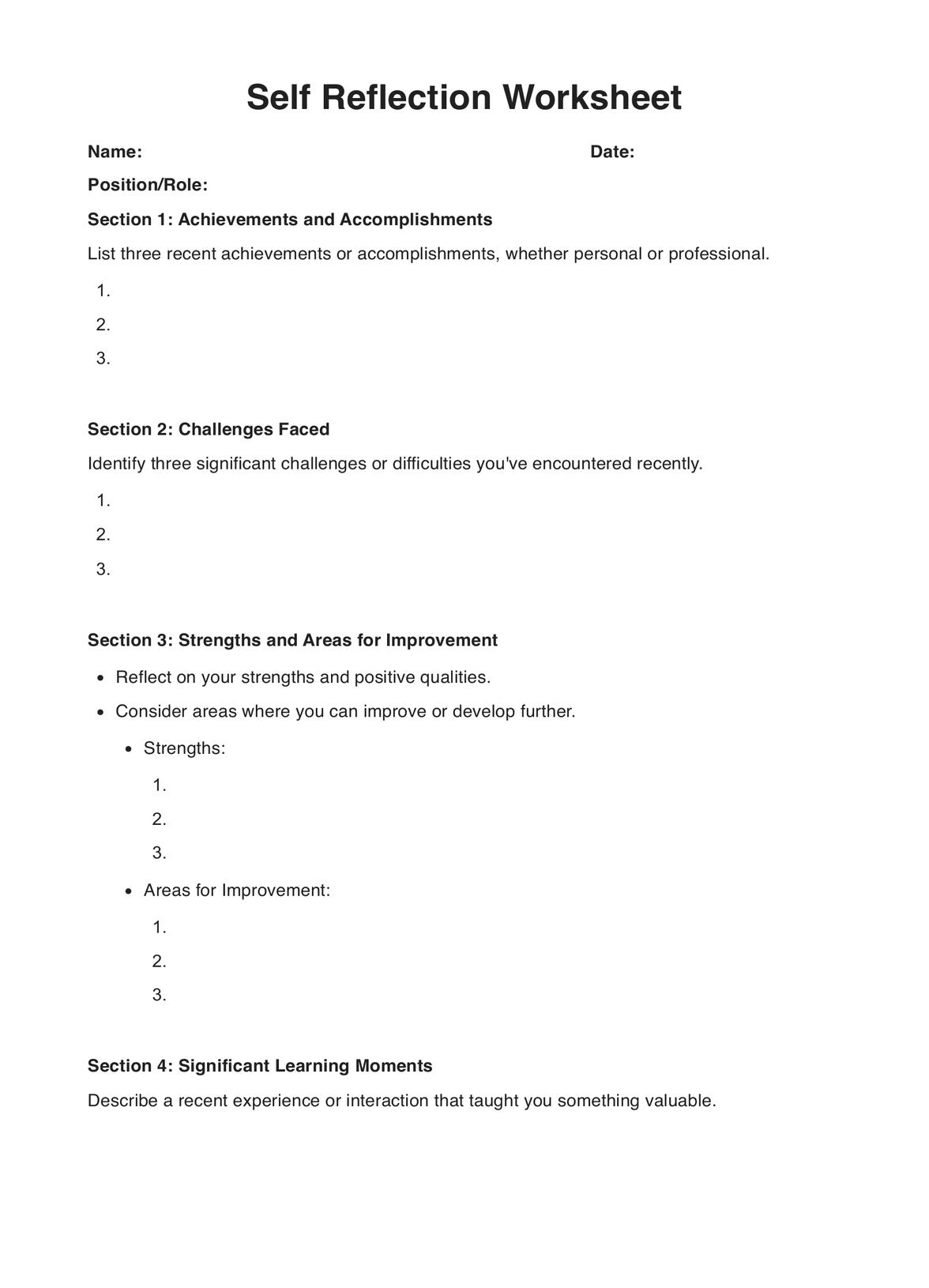WAIS-IV
Learn about WAIS-IV, a comprehensive intelligence test for adults. Understand its structure and scoring methods for insightful assessments.


What is the Wechsler Adult Intelligence Scale-Fourth Edition (WAIS-IV)?
The Wechsler Adult Intelligence Scale-Fourth Edition (WAIS-IV) is a clinical instrument widely used to measure intelligence and cognitive ability in adolescents and adults aged 16 to 90. It is included in Wechsler clinical assessments used to measure adolescent and adult intelligence, along with the Wechsler Intelligence Scale for Children (WISC) and the Wechsler Preschool and Primary Scale of Intelligence (WPPSI).
It is the most recent edition of the Wechsler intelligence tests, which have been a gold standard in comprehensive assessment for decades (Wechsler, 2008).
This IQ test comprehensively evaluates an individual's intellectual functioning across various domains, including verbal comprehension, perceptual reasoning, working memory, and processing speed. It is designed to aid in the diagnosis of intellectual disabilities, learning disorders, brain injuries, and other cognitive impairments and to identify intellectual strengths and weaknesses (Lichtenberger & Kaufman, 2013).
Since the WAIS-IV is a copyrighted material by Pearson, we created an adapted version of the WAIS-IV Record Form that is still based on the original material.
WAIS-IV Template
WAIS-IV Example
What is included in the WAIS-IV?
This WAIS-IV comprehensively assesses cognitive abilities across four principal areas, called index scores. These index scores are derived from performance on various subtests and provide valuable insights into an individual's cognitive strengths and weaknesses.
Verbal comprehension index (VCI)
This index measures verbal reasoning, comprehension, and conceptual abilities. It encompasses verbal tests such as vocabulary knowledge, information acquisition, verbal expression, and abstract reasoning. Subtests like Similarities, Vocabulary, and Information contribute to this index.
Perceptual reasoning index (PRI)
The Perceptual Reasoning Index evaluates nonverbal reasoning, spatial processing, and visual-motor integration abilities. It involves tasks like analyzing and synthesizing abstract visual information and perceiving and manipulating visual patterns. This index includes the Block Design, Matrix Reasoning, and Visual Puzzles subtests.
Working memory index (WMI)
This index assesses an individual's ability to temporarily store and manipulate information in short-term memory. It involves tasks that require holding and mentally manipulating numerical or verbal information. The Digit Span and Arithmetic subtests contribute to the WMI.
Processing speed index (PSI)
The Processing Speed Index measures the ability to quickly and accurately process visual information, as well as cognitive efficiency and fluency. Tasks like quickly scanning and matching symbols or numbers are included in subtests like Coding and Symbol Search, which contribute to this index.
Subtests of the WAIS-IV
The WAIS-IV consists of 15 subtests divided into core and supplemental subtests. These subtests are designed to assess various cognitive abilities and contribute to calculating the four index scores and the Full Scale IQ (FSIQ) score.
The core subtests include the following:
- Similarities: Measures verbal concept formation, abstract reasoning, and verbal expression.
- Vocabulary: Assesses word knowledge and verbal comprehension.
- Information: Evaluates acquired general knowledge and long-term memory.
- Block design: Measures spatial perception, visual-motor coordination, and abstract conceptualization.
- Matrix reasoning: Assesses nonverbal abstract reasoning and visual information processing.
- Visual puzzles: Evaluates nonverbal reasoning and visual-spatial processing.
- Digit span: The digit span subtest auditory short-term memory, attention, and concentration.
- Arithmetic: Assesses numerical reasoning, attention, and mental manipulation.
- Coding: Measures processing speed, short-term memory, and visual-motor coordination.
- Symbol search: Evaluates processing speed, visual perception, and concentration.
On the other hand, these are the five supplemental subtests:
- Figure weights: Measures quantitative and analogical reasoning.
- Comprehension: Assesses social judgment and common sense reasoning.
- Letter-number sequencing: Evaluates working memory and attention.
- Cancellation: Measures processing speed and visual attention.
- Picture completion: Evaluates visual perception and visual recognition.
Scoring and interpretation of the WAIS-IV
When it comes to scoring the WAIS-IV, a comprehensive approach is taken to provide a detailed assessment of an individual's cognitive abilities. Practitioners yield several scores on the Wechsler Adult Intelligence Scale-Fourth Edition, each offering valuable insights into different aspects of intellectual functioning.
The WAIS-IV provides four index scores derived from performance on various subtests. These index scores include the Verbal Comprehension Index (VCI), Perceptual Reasoning Index (PRI), Working Memory Index (WMI), and Processing Speed Index (PSI).
In addition to these four index scores, the WAIS-IV also provides a Full Scale IQ (FSIQ) score, which is a composite score derived from the combined performance on all the subtests. The FSIQ score is considered a measure of overall intellectual ability (Wechsler, 2008).
It's important to note that the WAIS-IV uses a standard score scale, with a mean of 100 and a standard deviation of 15. This means that scores between 85 and 115 are considered within the average range, while scores above 115 are considered above average, and scores below 85 are considered below average (Lichtenberger & Kaufman, 2013).
The WAIS-IV also provides additional scores, such as composite scores for specific cognitive domains (e.g., Auditory Working Memory, Nonverbal, General Ability Index) and subtest scaled scores, which can provide more detailed information about an individual's cognitive strengths and weaknesses (Wechsler, 2008).
When should you use the WAIS-IV?
While the WAIS-IV is a reliable and valid test used to assess cognitive functioning and intellectual ability, it is essential to note that it is just one measure of intelligence. Other factors, such as education, experience, and motivation, can also affect a person's performance on the test. Here's when the WAIS-IV serves as a valuable tool for various purposes, including:
- Intellectual assessment: This is the most widely used intelligence test for adults. It assesses a person's overall cognitive ability and compares their performance to that of other adults of the same age.
- Clinical assessment: The WAIS-IV can assess a person's cognitive functioning in a clinical evaluation. It can also diagnose intellectual disabilities, learning disabilities, and other conditions that affect cognitive ability.
- Educational assessment: The WAIS-IV can be used to assess a person's cognitive abilities in the context of an educational evaluation. For example, the WAIS-IV can place students in appropriate academic programs or identify students needing special education services.
- Vocational assessment: It can assess a person's intellectual abilities in a vocational evaluation. For example, the WAIS-IV can determine a person's ability to learn new skills or perform job-related tasks.
References
Lichtenberger, E. O., & Kaufman, A. S. (2013). Essentials of WAIS-IV assessment (2nd ed.). John Wiley & Sons. https://books.google.com.ph/books?id=SUqcospVEMcC&printsec=frontcover#v=onepage&q&f=false
Wechsler, D. (2008). Wechsler Adult Intelligence Scale-Fourth Edition (WAIS-IV) [Database record]. APA PsycTests. https://doi.org/10.1037/t15169-000
Commonly asked questions
The Wechsler Adult Intelligence Scale—Fourth Edition (WAIS-IV) measures cognitive abilities in adults aged 16 to 90. It evaluates four key domains of intelligence: Verbal Comprehension, Perceptual Reasoning, Working Memory, and Processing Speed. The test assesses verbal skills, problem-solving, spatial reasoning, and processing speed, providing a comprehensive measure of cognitive ability.
The Wechsler Adult Intelligence Scale—Fourth Edition (WAIS-IV) average IQ score is 100. This fixed score serves as a reference point for comparing individual scores. Approximately two-thirds of all scores fall between 85 and 115, with scores below 70 generally considered to be in the intellectually disabled range.
The 10 core subtests of the Wechsler Adult Intelligence Scale—Fourth Edition (WAIS-IV) are Arithmetic, Block Design, Comprehension, Digit Span, Digit Symbol, Information, Letter-Number Sequencing, Matrix Reasoning, Picture Arrangement, and Vocabulary. These subtests are used to obtain an overall score and provide scores for the four Index Scores: Verbal Comprehension, Perceptual Reasoning, Working Memory, and Processing Speed.


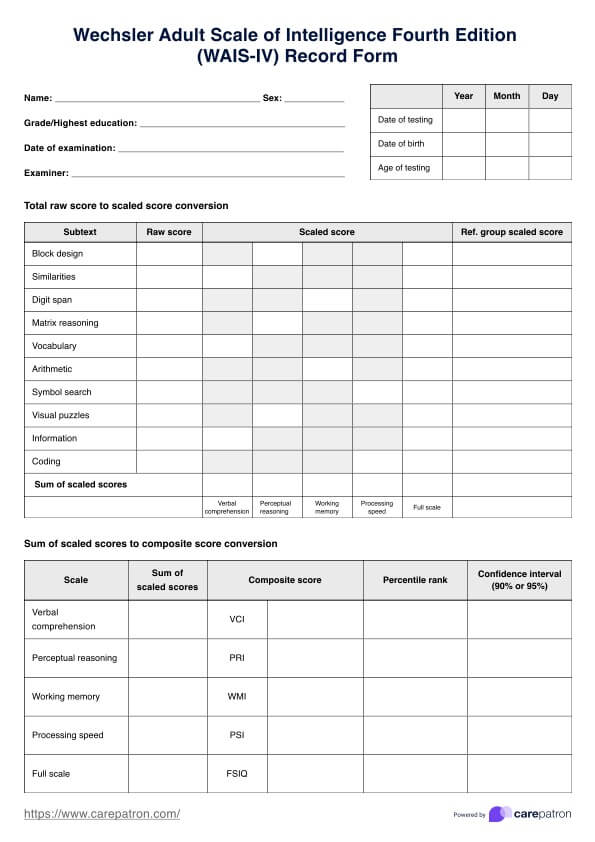
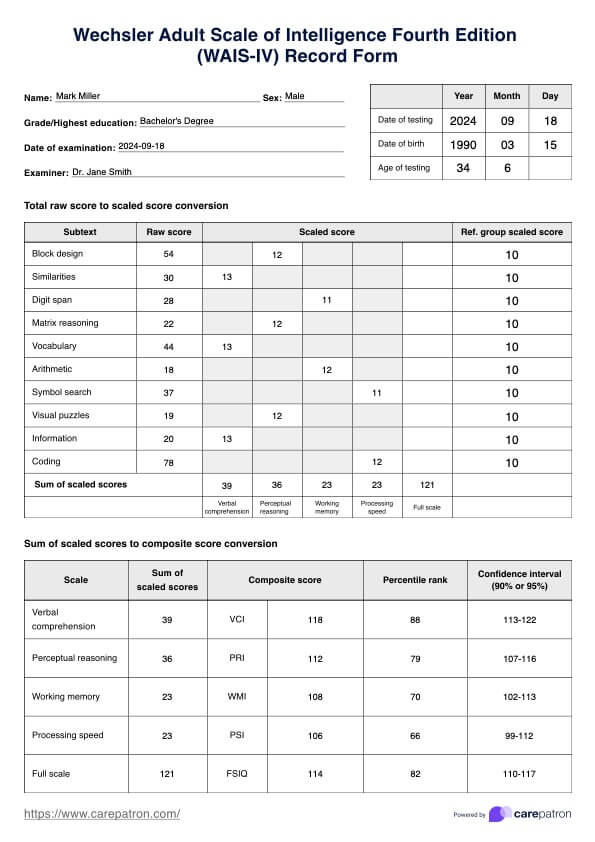

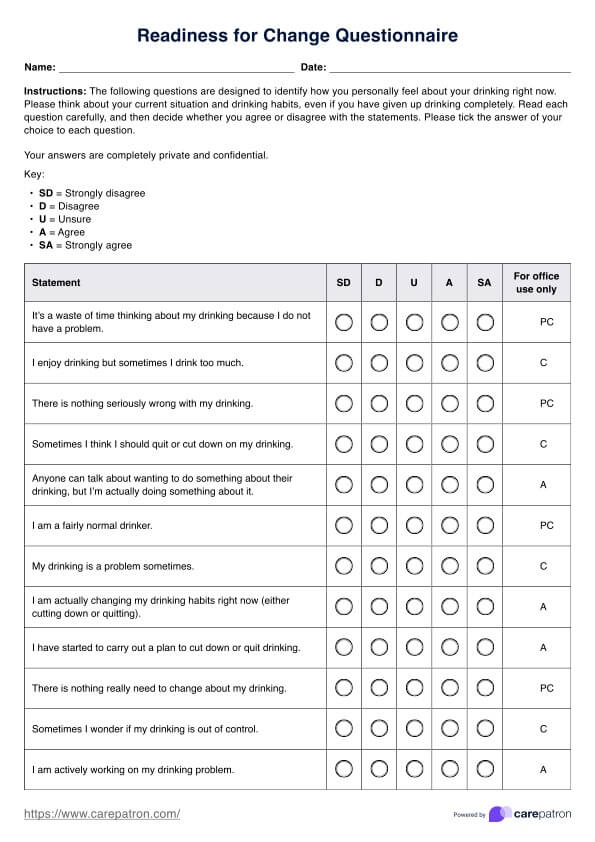
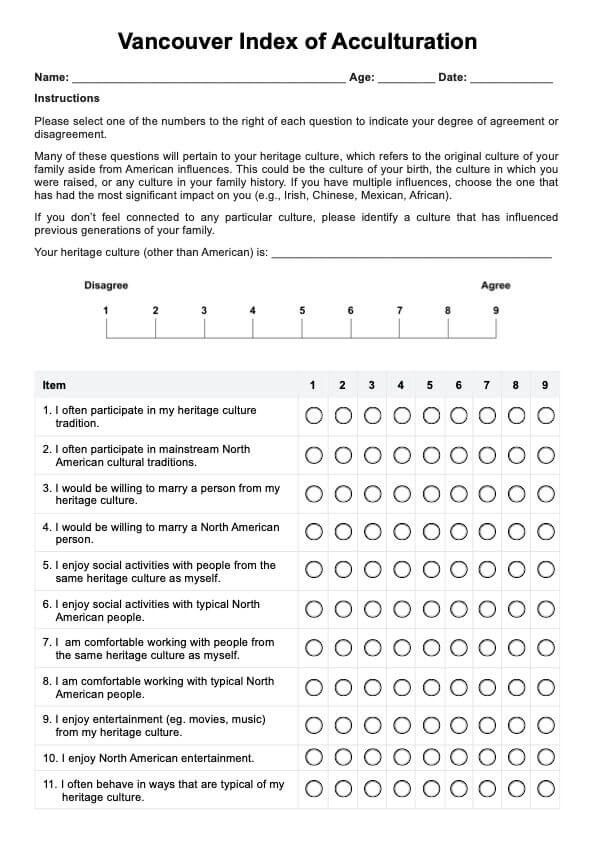










-template.jpg)


















































































